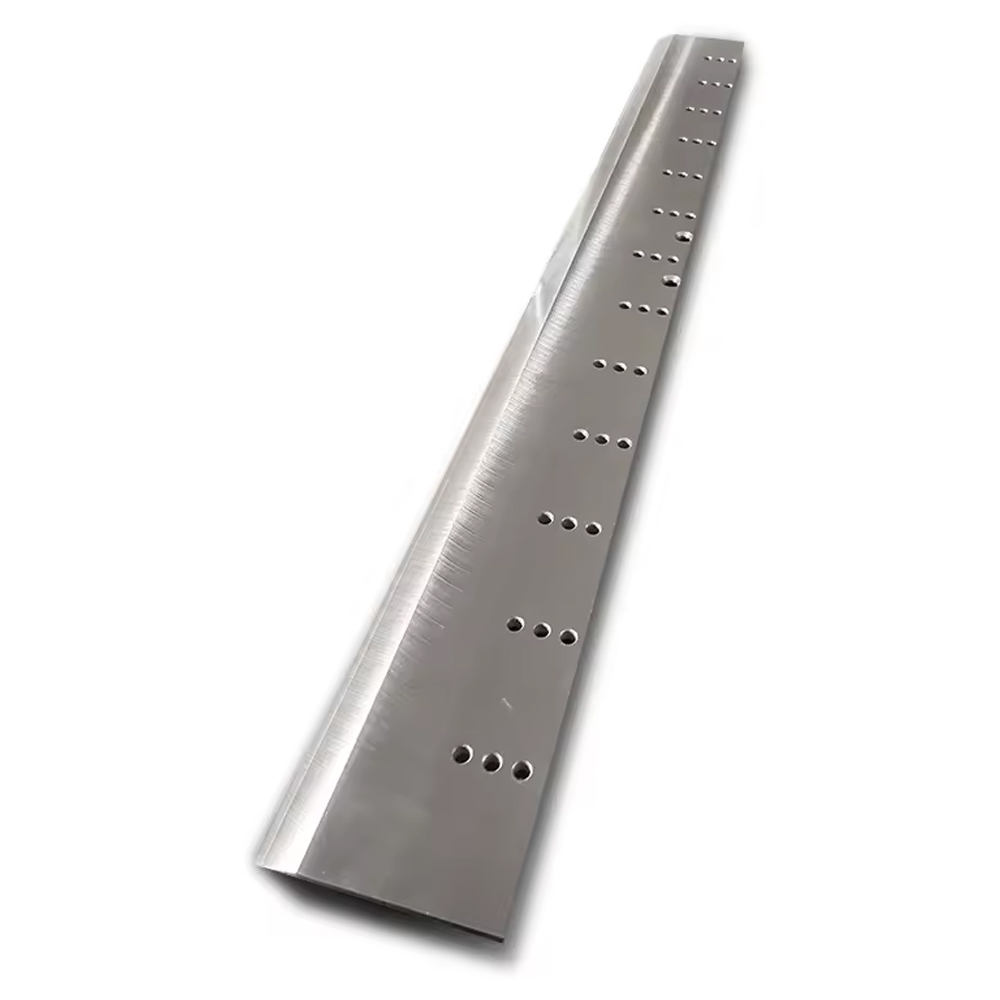Introduction
Starting an online store might sound easy—until you actually do it.
One minute you’re excited about your first product photos, and the next, you’re juggling customer emails, updating stock, and trying to figure out why your checkout page suddenly broke. In the current year, yeah, I mean 2025, all the things move fast, as you know. Shoppers expect speed, accuracy, and a smooth experience from the jump. That’s a lot of pressure for one person—or even a small team.
Here’s the thing: you don’t have to carry all of it.
Yes, I am 100% assuring you that Automation isn’t just for the tech wizards anymore. It’s become a game-changer for everyday entrepreneurs—the kind of folks who are building brands from their laptops, learning as they go. Whether you’re just starting out or already running a growing store, the right systems can quietly take over the grunt work, giving you space to think, create, and breathe. This isn’t going to be one of those boring guides loaded with buzzwords and software specs. Think of it more like a down-to-earth roadmap—simple, honest, and built to help you start automating without losing your mind.
Why Automation Matters More Than Ever
To be honest, time isn’t just money anymore, it’s everything.
If you’re running an online store in 2025, the pace isn’t slowing down. People want what they want, and they want it now. One-click orders. Lightning-fast delivery. Zero patience for mistakes. That’s where automation comes in—not as a fancy upgrade, but as your everyday lifesaver. Instead of drowning in repeat tasks like sending shipping updates or checking stock, you can let smart systems do the heavy lifting. That means fewer slip-ups, faster service, and more time to work on the stuff that actually grows your business. You don’t need to hustle harder. You just need the right tools working quietly in the background.
Understanding the Basics: What Can Be Automated?
Many beginners think automation only applies to warehouse robots or high-end software. That’s a myth. Automation can be simple and highly effective—even on a small scale. Here are some everyday tasks you can automate:
- Order confirmations and shipping updates
- Inventory synchronization across platforms
- Abandoned cart email reminders
- Customer service chatbots
- Ad campaign optimization
- Review requests
- Product listing updates
Each of these tasks, when handled manually, eats up time. When automated, they operate silently in the background, helping your business run like a machine.
How to Get Started with Automation
You don’t have to flip a switch and automate everything overnight. Trying to do too much too fast usually backfires.
Start simple.
Take a look at your day. What’s eating up your time? Is it sending emails? Updating inventory? Copying orders from one place to another?
Jot those tasks down.
Next, look into tools that match your needs, not someone else’s. Maybe a Shopify plugin can handle shipping updates. Or Zapier could link your systems together behind the scenes. Tools like Klaviyo? Great for automating emails without needing a tech degree. But don’t expect a one-size-fits-all magic button. What works for another shop might not be the right fit for yours. That’s why easing into it—testing, tweaking, and growing—is usually the better way to go. Also consider the Financial Upside of Automation.
Choosing the Right Tools
There’s no shortage of automation tools in 2025. But picking the right one is where many beginners get stuck. When comparing tools, look for:
- Easy integration with your current platform
- Strong user support and documentation
- Real-time reporting and analytics
- Scalability for future growth
Tools like Oberlo, AutoDS, and Zapier remain industry favorites. But don’t be afraid to explore newer platforms built for niche markets. What matters most is that the tool aligns with your workflow—not the other way around.
Content and Branding Still Matter
While automating operations is critical, don’t overlook your brand voice. Product listings, email templates, and social posts still need a human touch. That’s where professional writing services shine. Using automation to run your store and professionals to build your messaging is a winning combo that works even in crowded markets.
Real-Life Example: A Seller’s Transformation
Let’s say you’re running a modest skincare brand online. You’ve been managing orders, answering emails, and tweaking your product listings manually. It’s taking up your weekends, and growth feels stagnant.
Now, imagine this: your orders are processed automatically, customers get instant shipping updates, and your abandoned cart emails are bringing back 10% of lost sales—without you lifting a finger. That’s the magic of automation. This isn’t a pipe dream. It’s the daily reality for sellers who embraced automation and watched their operations turn from chaos into a system that practically runs itself.
How “Done for You Digital Products” Play a Role
The rise of Done for You Digital Products has simplified automation even further. Whether it’s a pre-built email sequence, a turnkey dropshipping store, or an SEO-optimized product catalog, these solutions let you skip the learning curve. Instead of spending weeks setting things up, you can plug in a ready-made system and start selling almost immediately. For beginners, that kind of shortcut isn’t lazy—it’s strategic.
Conclusion
So, What’s the Next Move?
If you’re running an online store in 2025, the real flex isn’t staying up all night packing boxes—it’s knowing where to put your energy. And truth is, automation isn’t just some fancy software trick anymore. It’s how smart businesses breathe. Start simple. Pick the stuff that slows you down the most—those everyday tasks that eat up your time—and hand them off to the tools built for them. No need to dive in headfirst. And while tech can carry a lot of weight, don’t let it push out the personal touch. Your story, your vibe, your voice? That’s still your edge. Build something that runs smoothly behind the scenes—so you can finally show up where it counts. Not just in profits, but in purpose.
Frequently Asked Questions
Is automation only for large e-commerce stores?
Not at all. Even small online stores benefit from automation by saving time and improving consistency.
Are Done for You Digital Products customizable?
Yes, most are designed to be edited easily so they can reflect your brand and tone.






